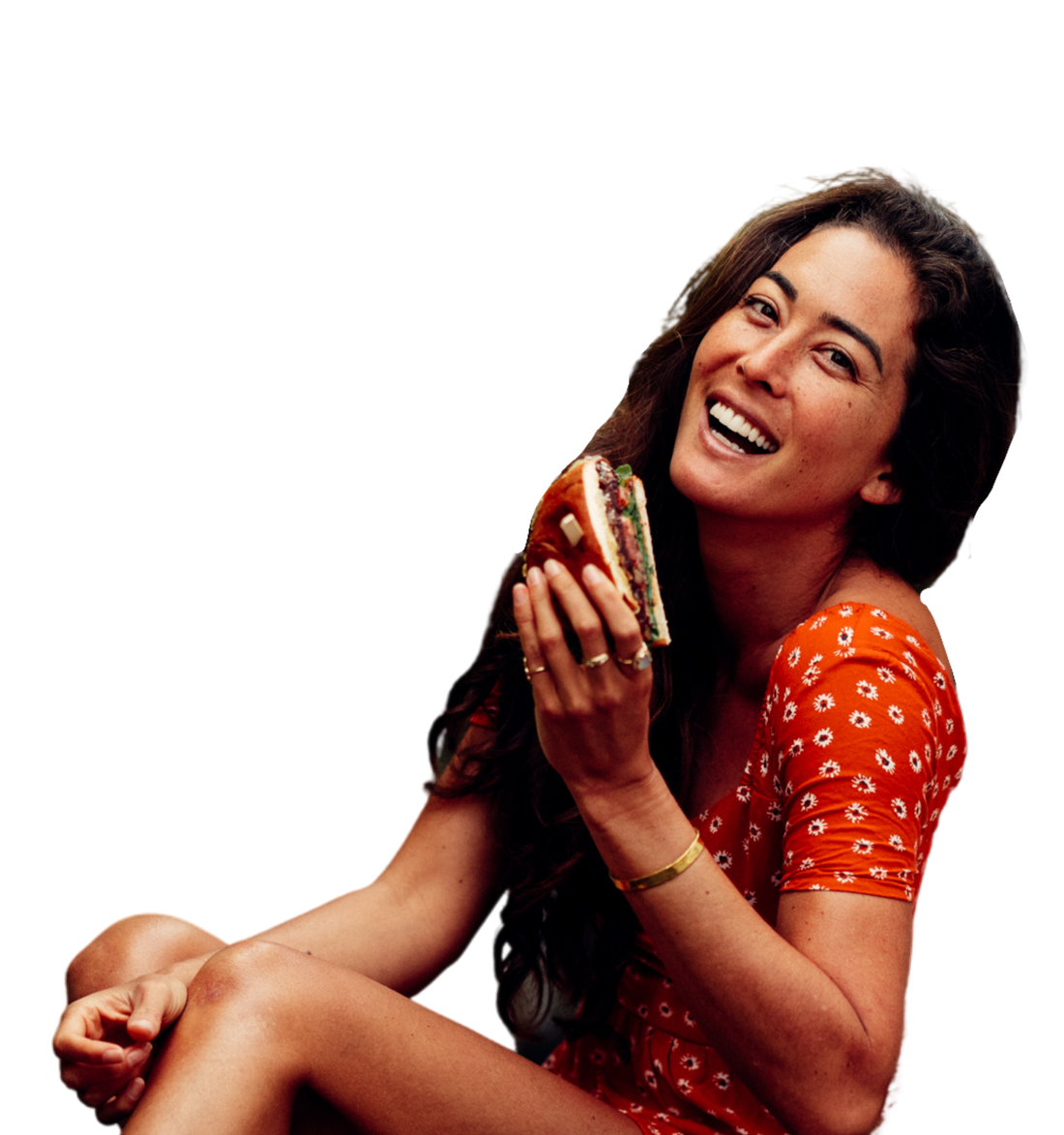
At AKUA, we're in the business of making seagreens taste delicious. But you may be curious as to what exactly is Kelp. Is it a plant? Is it the same as seaweed? We're here to answer all of these questions.
In the most basic definition, kelp is a brown algae. There are 124 known species of kelp in existence and while it is not a plant, it is a type of seaweed.

Kelp is made up of three basic parts, the blade which is the part of the structure that looks like leaves, the stipe which is essentially the stem, and the holdfast which acts as the root of the kelp. Even though kelp doesn't fasten itself into the ground, the holdfasts will attach to a sedentary item in the ocean to which it can then safely grow from.
There are a handful of popular kinds of kelp (bull kelp, sugar kelp, giant kelp, etc.), and at AKUA we use sugar kelp as its hearty composition is perfect for dehydrating and making into jerky.
Kelp grows in forests and sequesters five times that of land-based trees on average. While sea urchins love to try and latch onto kelp and use it as a feeding ground, sea otters protect kelp in a symbiotic relationship by eating the urchins from its blades and using the kelp as a form of protection and habitation.

At AKUA, we speak highly about kelp's nutritional benefits as it's essentially a superfood from the sea. It's high in all of your key vitamins and nutrients and provides high amounts of important dietary elements like iodine, which is vital for balancing metabolic function.
Kelp is a wonderful organism, bolstering biodiversity, sustainability, and general health benefits while being incredibly simple to grow and farm. For these reasons, we're committed to making kelp a beloved ingredient in cooking and snack foods throughout the entire world.



